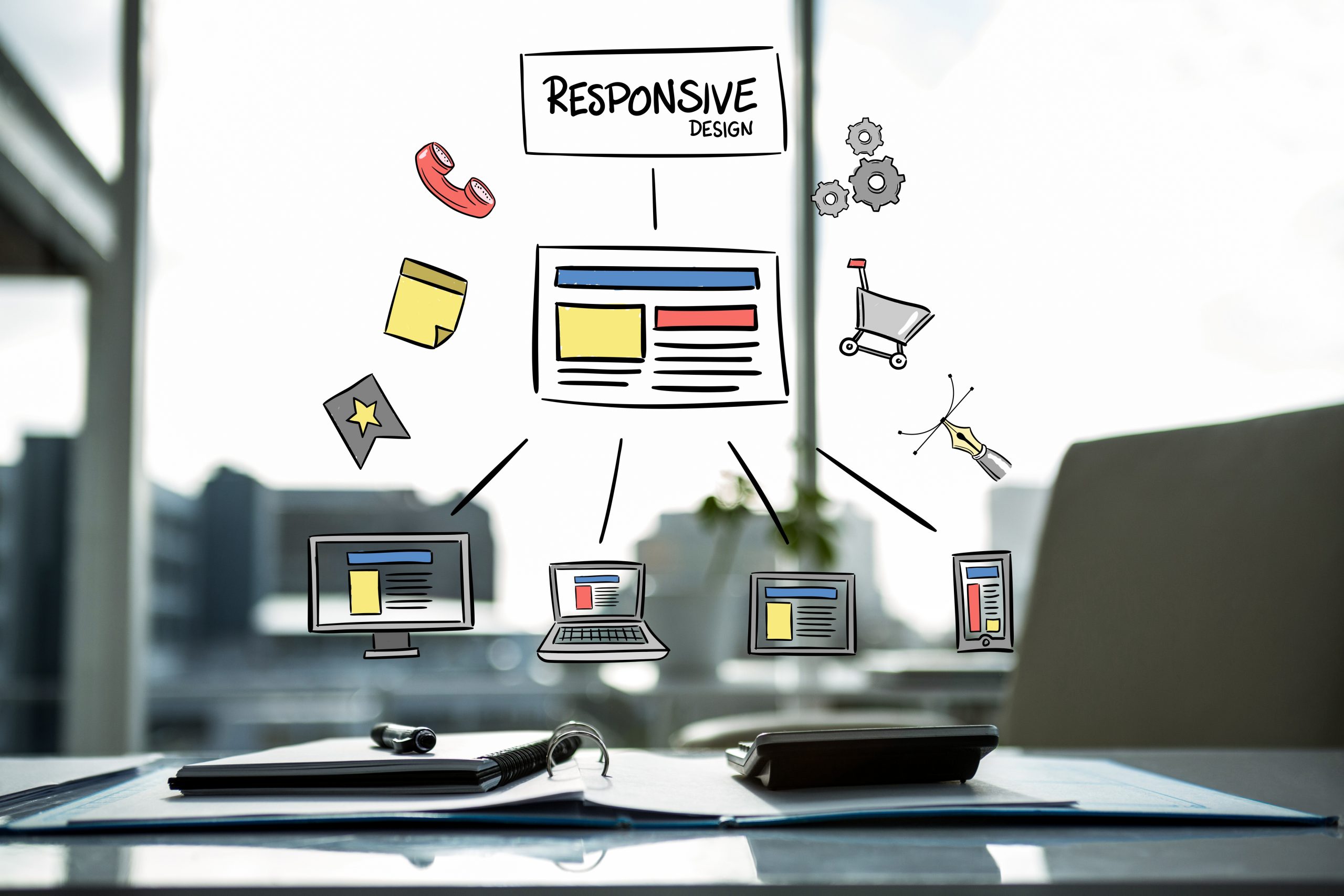Developing Social Communication Skills for Better Sales Outcomes __________________________________
- Everyone can be persuaded.
- However, not all communication skills will achieve the same results with all individuals.
- The savvy sales focused entrepreneur knows that training their various business skills is every bit as important as training their physical body.
- Improvement comes from understanding the theory, putting it into practice and refining
- Persuasion is the art of influence; it is a subtle and nuanced skill, it’s value in the social landscape should never be underestimated.
Understanding how and when to use different communication skills and tactics to influence others will boost your sales, offer you clear advantages over your competition, as well as translate into your personal life. Below are some of the most effective communication skills to practice and refine.
Build Connection
In most situations, consumers are unwilling to buy products from people that they do not connect with, trust, and like. Therefore, it is in your best interest as a salesperson to focus on establishing rapport with anyone you want to influence. Building a connection means being able to emphasize with the consumer’s unique point of view, station in life, aspirations, desires and this list could go on. In general, most inexperienced salespeople focus simply on the products and services they offer without considering the customer. This is a huge error and will lead to many lost sales. You do not need to be the smartest person in the room, you do not need to be the most aggressive person in the room. If you are the friendliest and most likable however, you might be surprised with how powerfully that translates into sales conversions. When people feel comfortable and at ease, they are more likely to tell you about their true motivations and desires.
Hint: Slow Down! When people feel they are being “sold” to, they often have a natural reaction to clam up and get defensive. To avoid this and generate better sales outcomes, learn to practice a variety of different openings or icebreakers. Modify your approaches and learn which kinds of phrases work better on different demographics and target markets.
Lead with Benefits, Not Features
Yes, features are important but unless you are able to make the personal connection to how they will benefit your target market or prospective customer, you are simply going to be spinning your wheels. Spouting out jargon and focusing on technicalities without connecting the dots between the consumer and the product is quite simply a waste of time. Your main goal with each every prospective sale should be to seek to frame the benefits of the product or service you are selling within the unique context of your customer. This means getting to know your customer and staying away from cookie cutter, boilerplate sales openings and language.
Hint: To be able to lead with benefits, you must first have a sense of who your customer is and what is motivating them. That means asking questions and establishing rapport before launching into your “sales presentation”. Being patient and taking the time to know and understand your consumer is what separates the competent from the skilled. Anyone who is competent can sell a good product, a skilled salesperson can sell ANY product to ANYONE.
Turn Negatives to Positives
No matter what kind of product, service, or idea you are hoping to sell, it should come as no surprise to learn that there are going to be many people who will object to it. You may have felt you established a meaningful connection and highlighted the correct benefits for the individual; nonetheless, you are struggling to close the sale and perhaps you even know why. There could be an objection about cost, a question about how a spouse will feel about the purchase or a slight disconnection between the consumer’s optimal color choice and the one you have available. It does not matter what the objection is. If you want to close sales, you have to know how to turn negatives into positives. That is, find a way to show the consumer you agree with them and can see their point of view but then pivot back to the advantages which got you so close to the sale in the first place.
Hint: At this point, it is wise to get creative. That means using the unique language the customer has used to outline their objections and reframing it in a new light. For instance: “You said you really like x, y and z.. And I can hear that you are a little concerned about a and b..but isn’t l,k,m worth it? Don’t you think your wife will be so proud of you when she sees how much you care? You mentioned your anniversary is coming up and that she loves to show off in front of her girlfriends. Isn’t this just the perfect gift?” In this very brief example, the salesperson is building on the knowledge they have gathered about their customer, is rehighlighting the benefits that they are motivated by and is making a step towards a final closing salvo which puts all of these ideas together.
Give to Get
In many situations, when people do meaningful things for us, we feel obliged to return the favor. This same concept of reciprocity translates very well into many sales environments. If you give your prospects or clients something for free, they might feel more encouraged to make a larger purchase from you down the line. The product or service you offer for free should be something that is valued and useful to your target market. It could be a tangible item or something intangible such as an idea. This is not the time for cheap “branded swag” but instead for something which your consumers are really interested and motivated by.
Hint: This is a concept that can be scaled up or down in either direction. This means that at a very basic level, simply informing the consumer or target market about the benefits of a product which could assist their unique situation is a way to “give”. Another idea could be to offer a free E-Book, an on-line seminar or tickets to an event. There are really an unlimited number of possibilities tailored for all the unique sales arenas out there. The bottom line is that by giving something away, you may or may not convert the sale on the spot but if what you give away is worthwhile to the consumer you are very likely to have generated a lead.
Monkey See, Monkey Do
Humans are inherently social creatures. As a result, we are still very influenced by the evolutionary hierarchy of the social environment. This means that when people see other people they look up to doing things, they are more likely to want to do those things. This is why celebrity endorsements were traditionally very useful. This is also why in the current business landscape, influencer marketing is one of the hottest trends going. Whether you are being influenced by a person who lives on your block or a celebrity that you look up to, you are deciding to align your values, hopes and desires with those of another. This means that when it comes to working with prospective customers, it can be useful to find ways to refer to the real lived experience of current customers.
Hint: It is very important to remember that not all customers are influenced by the same things. Not all testimonials or celebrity endorsements are going to carry the same “WOW” factor. Additionally, sometimes when you are selling to a group of people, you will not need to use an outside reference so much as refer to things people in the group are already saying and showing interest in. The more you can connect the choice to buy with the outcome of being accepted, the easier you will be able to convert your sale.
Going, Going, Gone
Scarcity is a very powerful concept. People feel motivated to act when they feel they are going to miss out on something which could have benefited their lives. The concept of scarcity can be used to suggest that a product, service or idea that the consumer is thinking about may not be around for much longer or it could be used to offer a special one-time-only kind of bargain or discount. In either case, you are attempting to specifically leverage the customer’s sense of FOMO or “The Fear of Missing Out”.
Hint: Though this tactic can be very powerful, it is important to be sincere and honest about stock limitations, deadlines or the end of discount pricing schemes. Failure to respect this last point could result in a quick and easy sale today but a loss of integrity and trust in the long run which will prevent the acquisition of future sales.
Trending News Articles
 “We weren’t supposed to be here!” This is…by Jason Stone●March 11, 2023
“We weren’t supposed to be here!” This is…by Jason Stone●March 11, 2023 0 to 8 MILLION Followers – The Story of Millionaire Mentorby Jason Stone●April 6, 2021
0 to 8 MILLION Followers – The Story of Millionaire Mentorby Jason Stone●April 6, 2021 China & Russia Just SHOCKED The World With Their Masterplan About BUYING Gold & Silverby Jason Stone●December 12, 2022
China & Russia Just SHOCKED The World With Their Masterplan About BUYING Gold & Silverby Jason Stone●December 12, 2022 Microsoft’s AI boost helped cloud unit outpace rivals Amazon, Googleby Jason Stone●October 28, 2023
Microsoft’s AI boost helped cloud unit outpace rivals Amazon, Googleby Jason Stone●October 28, 2023








